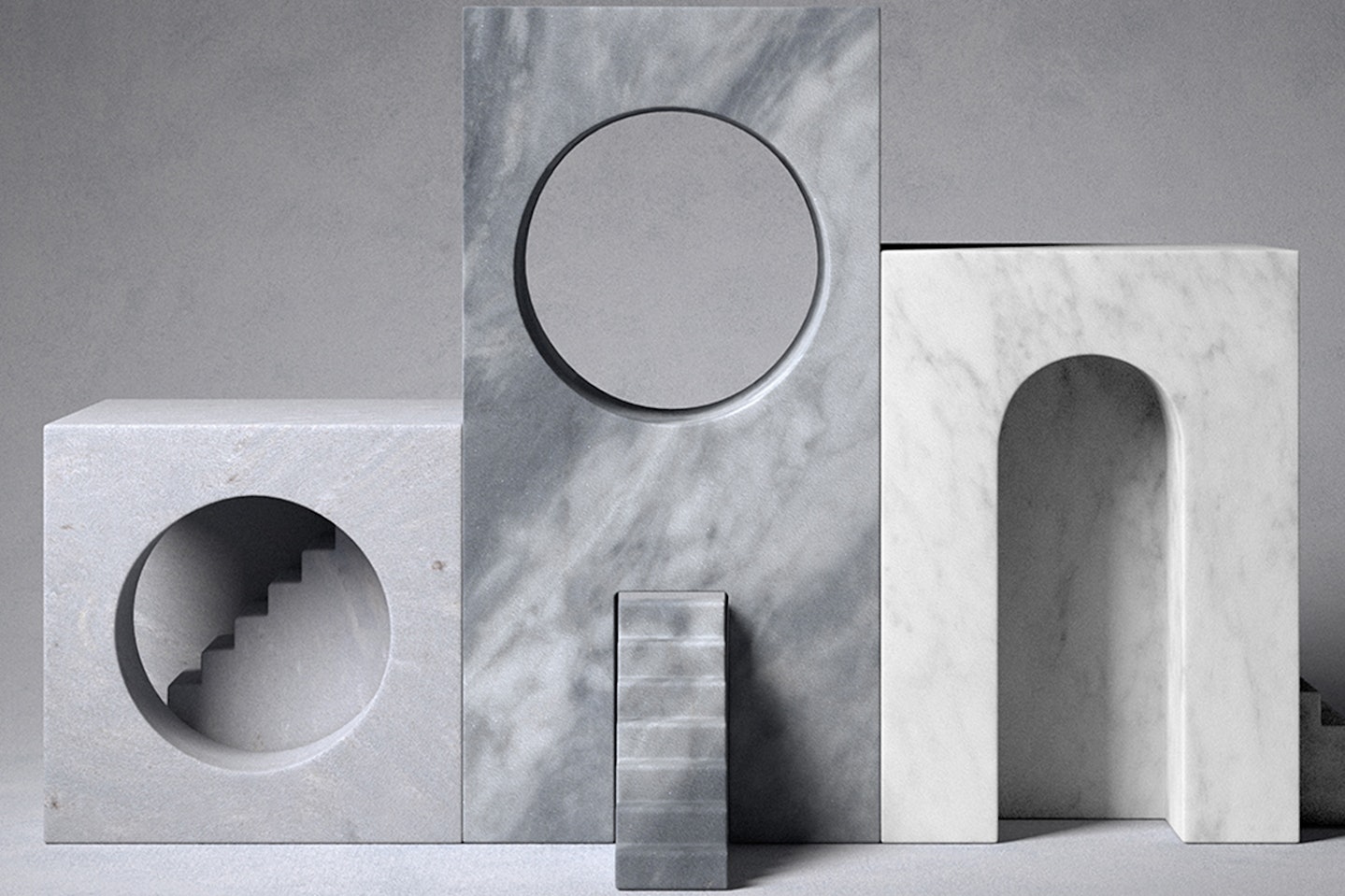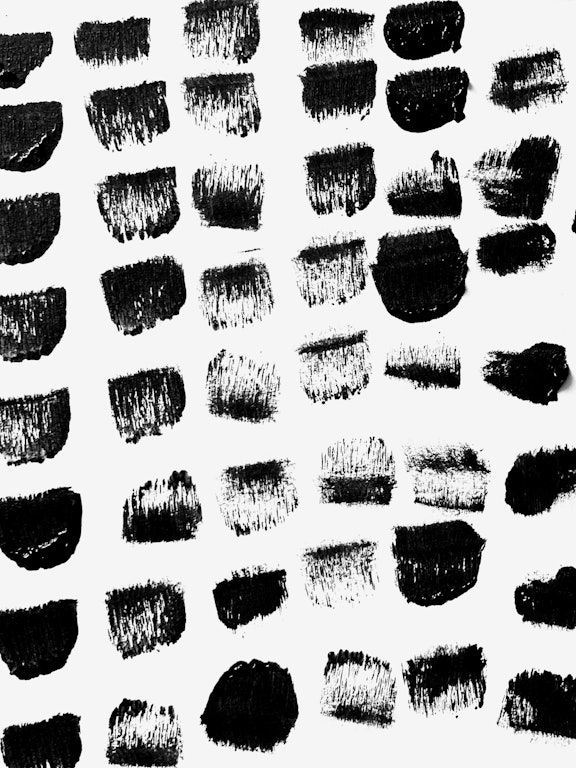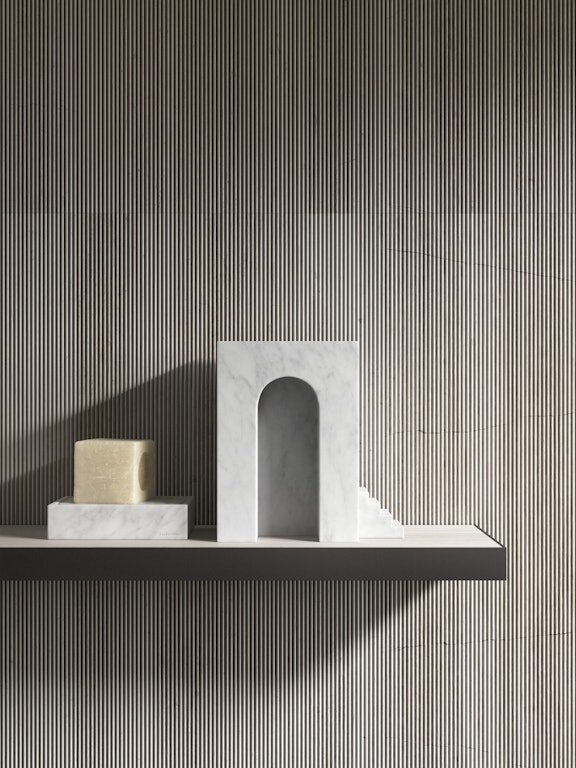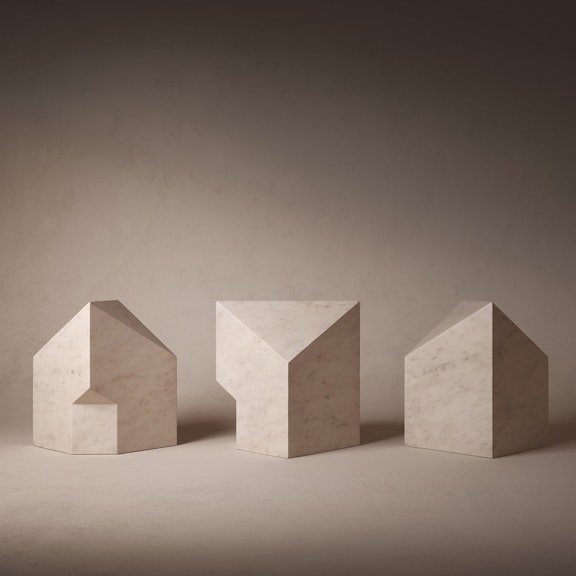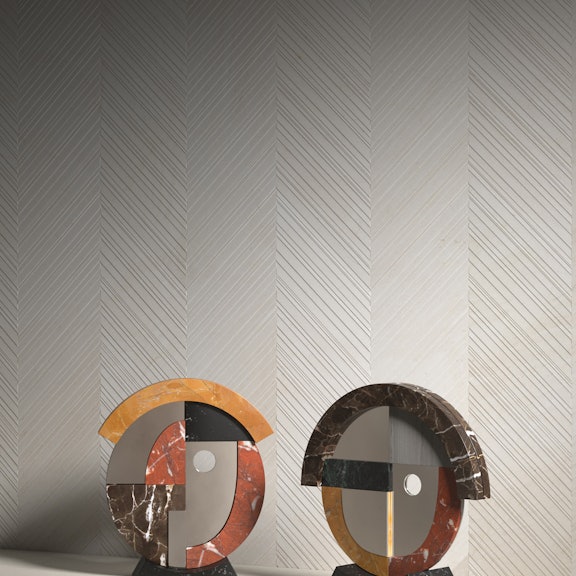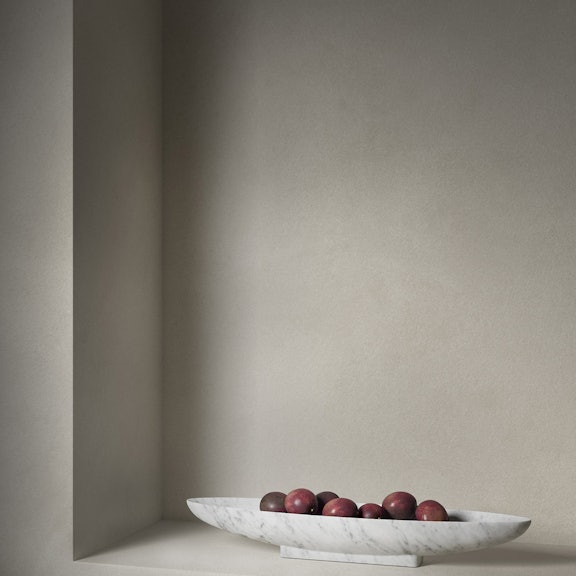Gabriele Salvatori: "Design is like music"
03.2022
Salvatori CEO Gabriele Salvatori talks new design collaborations, Milan Design Week and the future of the design industry
As CEO of Italian brand Salvatori, whose marble finishes and furniture are among the most stylish around, Gabriele Salvatori has his finger on the design pulse. Part of the family business from a young age, he’s also a passionate musician and likens the design process to that of making music. Much like an orchestra, there’s a spirit of playful collaboration at the brand’s heart, with talented designers coming together to create exciting pieces in stone. Here, Salvatori tells us what’s coming up for the company and what to look out for at Milan Design Week from September 5-10.
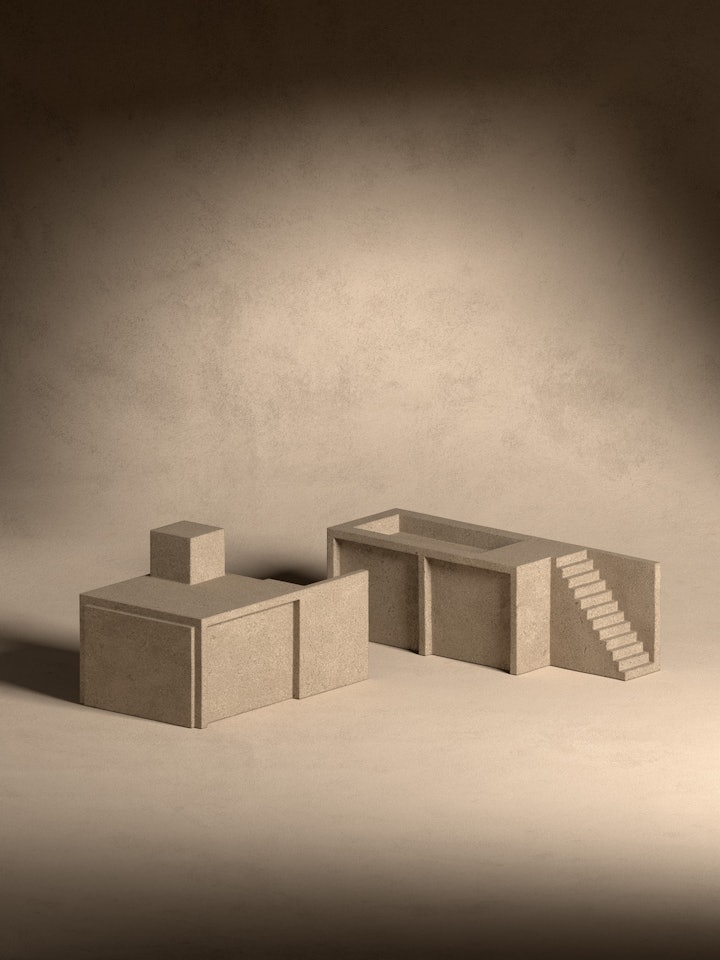
You're opening a new retail space at Milan Design Week – What's the story behind it?
In recent years, our homeware range has grown and we now have a collection of small, highly crafted objects that are easy to buy – such as Elissa Ossino’s ‘Omaggio a Morandi’ bottles, which are a tribute to artist Giorgio Morandi, and objects for the bathroom. All are made of natural stone, sometimes combined with leather or metal. We got the chance to take over a space on Largo Claudio Treves, around the corner from our showroom on Via Solferino, which we thought we could dedicate to these small, simple objects. I asked Piero Lissoni, our longtime collaborator, to come up with a concept that’s halfway between physical and digital. There will be monitors in the store which you can navigate independently and explore the Salvatori collection.
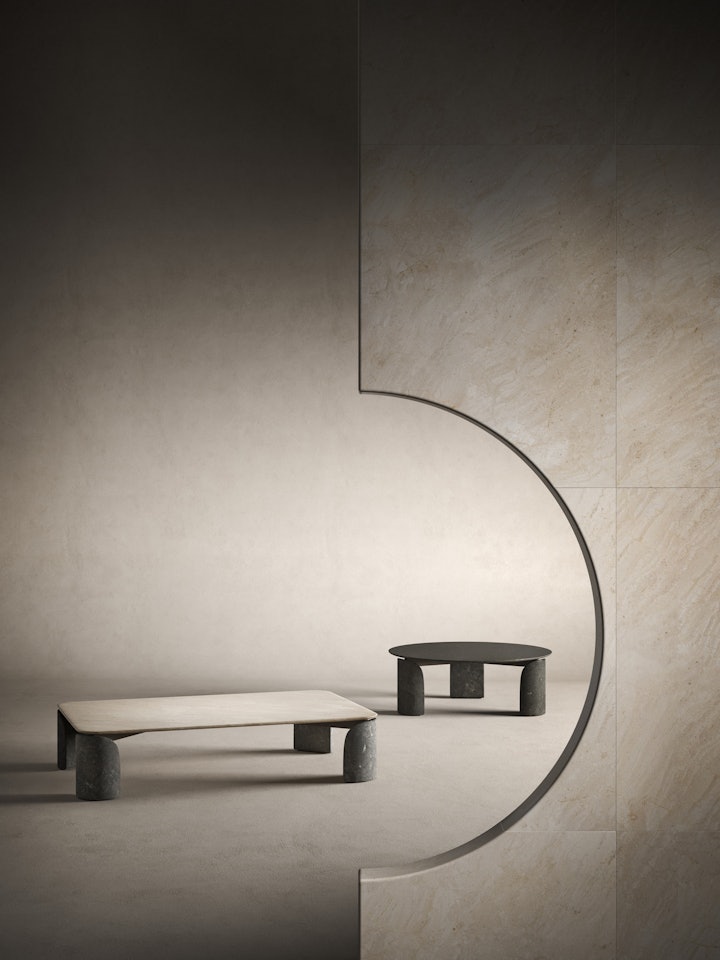
Tell us about your new collection with spanish designer Patricia Urquiola, which is on show at your via Solferino Showroom during the event.
I met Patricia at a Rolling Stones concert in Prague a couple of years ago, and we got to know and like one another. It didn’t occur to us that it would lead to something work-related, but from this fun event, the ‘Taula’ table collection was born. We exchanged some ideas and sketches, and little by little we arrived at a result that we both liked: a series of monolithic tables in which the stone is worked with sinuous, soft curves, and a structure that allows the top not to touch the legs – in effect, appearing to float in the air. It was not an easy process, and several times we thought of throwing in the towel, but imagination led us to a solution. As the tables are quite large, we could only use the strongest marbles, such as Gris du Marais®, which is exclusive to Salvatori. It’s the start of a beautiful collaboration with Patricia – we’ll do other things together because her feminine, soft and colourful point of view complements the interpretation of stone. There’s a natural tension between us, a bit like in music.
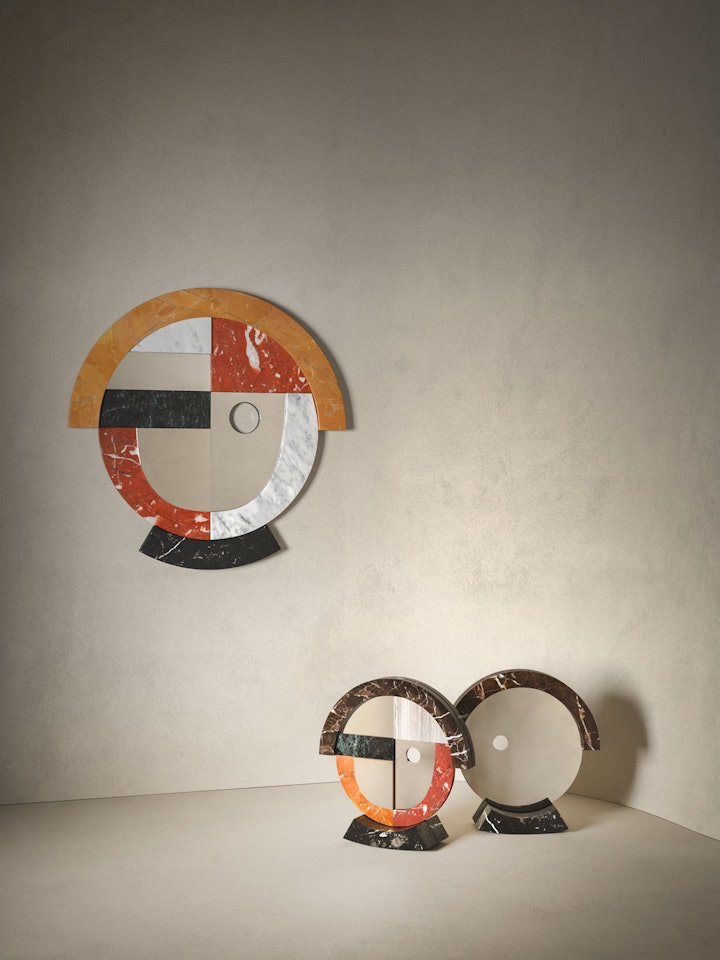
You've also collaborated with american designer Stephen Burks – How did that come about?
We met through a mutual friend in New York – Stephen told me that he loved Salvatori and showed me some ideas. His first sketches were of a very interesting collection of lamps, which will take a long time to finish – we’re still working on them. But at the same time, he proposed a series of sculptural mirrors that we are now showing at Milan Design Week. They exist somewhere between art and design: we used marbles that can be seen in Italian churches from the 1500s, such as the amber-toned Giallo Siena and Broccatello Siena. I love working with Stephen – he loves Italy and has a great sense of its culture and architecture.
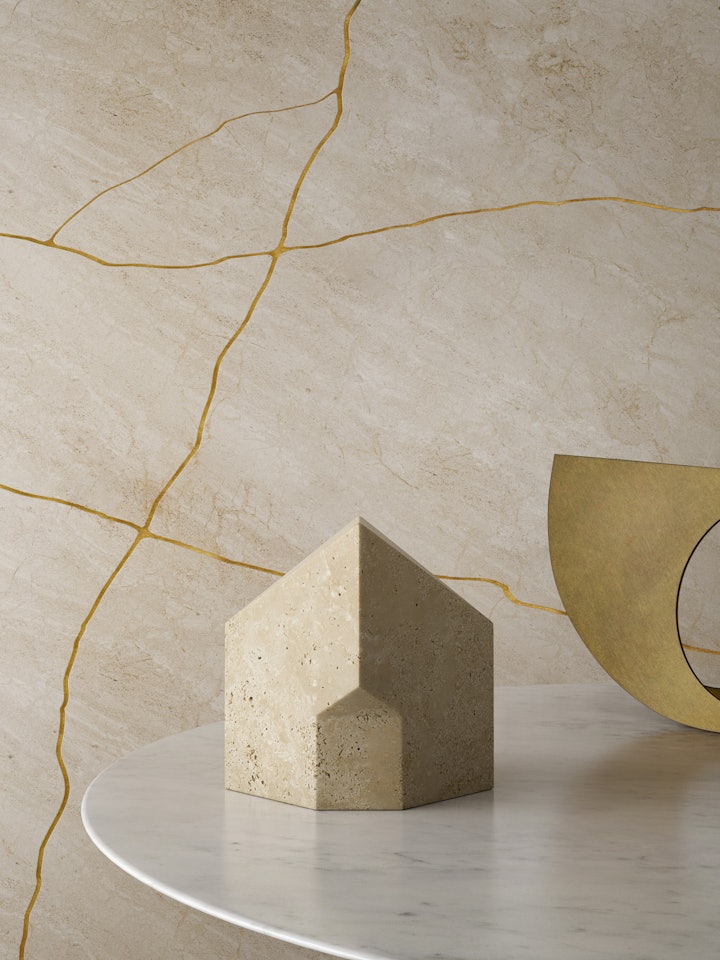
How do you think the work of these designers enriches the Salvatori collection?
In music, there are only 12 notes, but their combination is infinite and always produces a different melody. That’s how it is in design, too. With Patricia and Stephen, their ideas are never banal; they’re capable of thinking upside down. They have an almost childlike curiosity and a desire to play. Bringing fresh minds into the company is vital and creates unique alchemy in what we do.
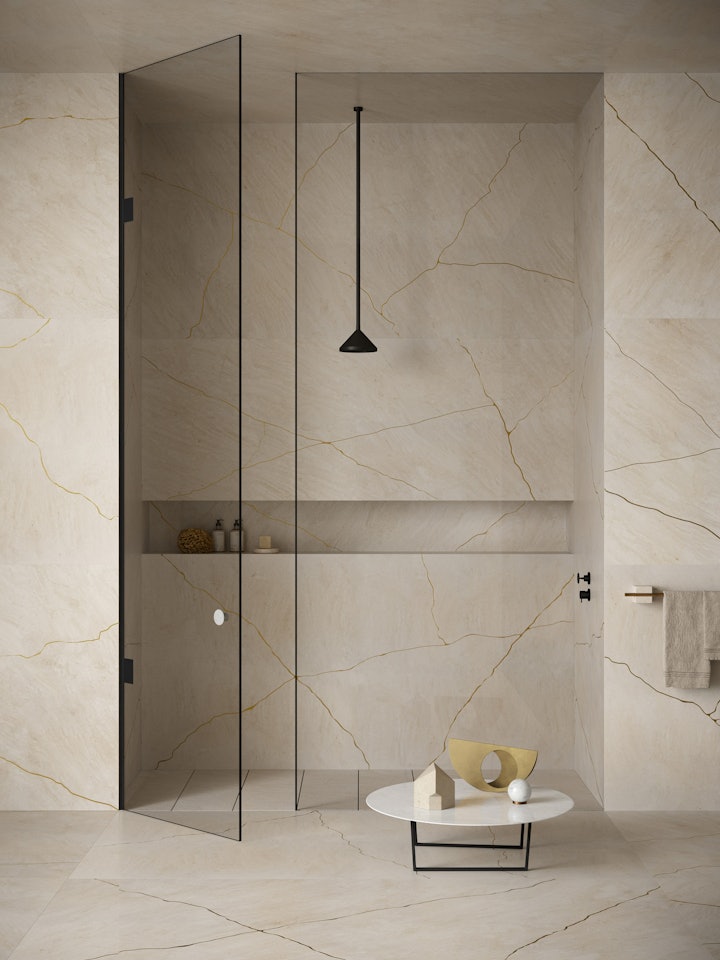
During your long partnership with Piero Lissoni, you've often explored the concept of reuse and recycling. Is there anything new to report here?
Salvatori has been reusing marble since 2008 – our first project was a house by John Pawson that was covered in marble remnants. Then Piero and I began using scraps of leftover stone to create small pieces of furniture. Piero is sensitive to this idea, partly because he loves the mountains. Everything he and I do today stems from this principle of recycling and not throwing materials away. We spend a lot of time together, and ideas emerge at the dinner table or over a gin and tonic. I don’t think we’ve seen each other formally in an office for years.
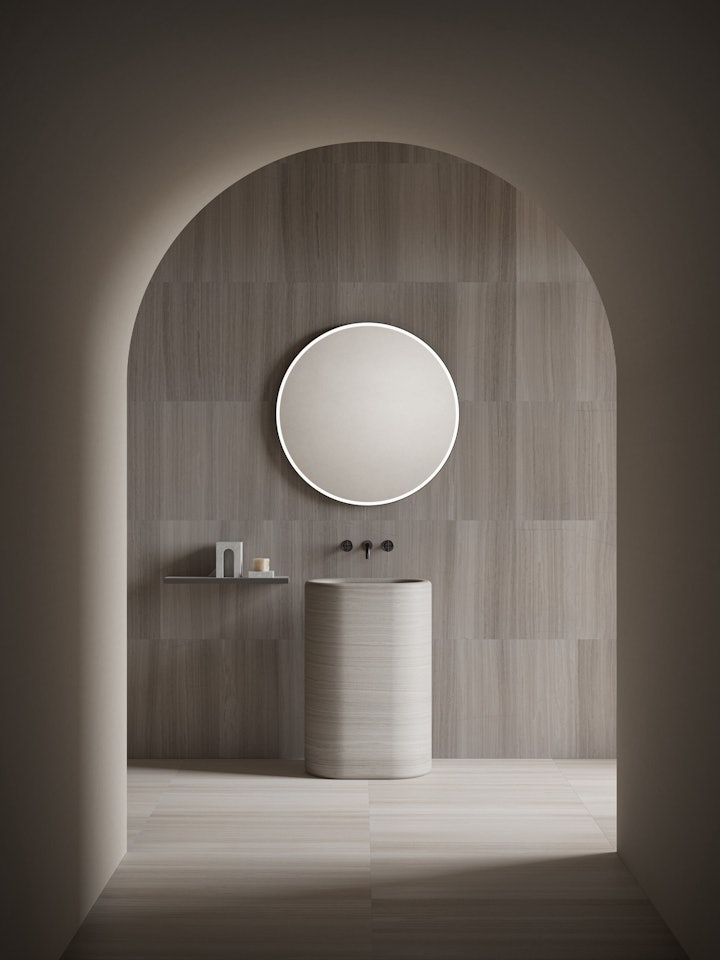
Another new design is a tap camouflaged in stone, which you've described as a fusion of jewellery and engineering. Tell us more?
This design was created by the Italian architect and interior stylist Elisa Ossino. Our friendship goes back many years and began on a photoshoot. I saw her talent – her sense of poetry comes from a scenic, theatrical eye – and asked her to design something for us. She’s now created several pieces for our collection, the latest of which is a tap that blends into the background of our marble finishes, so as to almost disappear. Its mechanical details are similar to those used in high-precision watchmaking, and because of the stone insert, the only thing that’s visible is a thin perimeter line. It’s elegant and sophisticated, and quite unique because it melds bathroom surfaces with fixtures. We’re planning to launch a shower version as well.
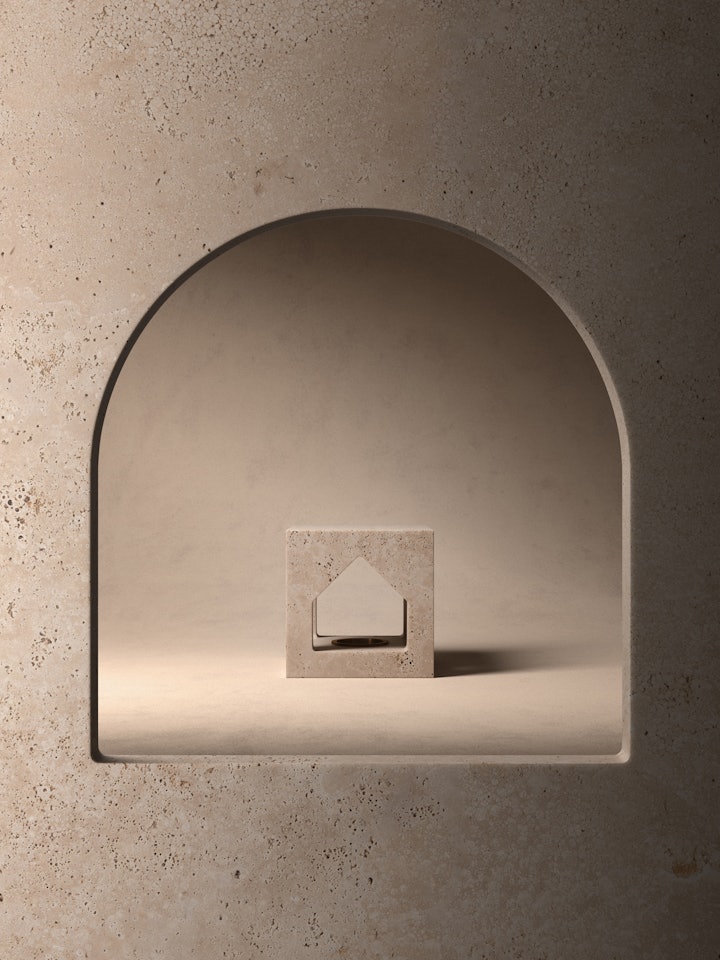
You're alsa staging an art exhibition, The Village, at your milan showroom. We're intrigued – What can we expect?
The pandemic proved that the world is a village; we all live on the same piece of land. Spending so much time at home during the first lockdown, I asked a few friends to draw their vision of a house. I started with architect Kengo Kuma, then continued with Piero Lissoni, Rodolfo Dordoni, John Pawson, Elisa Ossino and Yabu Pushelberg. They were all more enthusiastic than I anticipated – so much so that I decided to create an installation of all these miniature houses, which are very colourful but only about 20 cm square. There are about ten in total, but other designers keep calling me and asking me to participate! I want to keep it going as a project that will never end. I keep all the prototypes at home on my bookshelves, side by side. They’re just so cool.
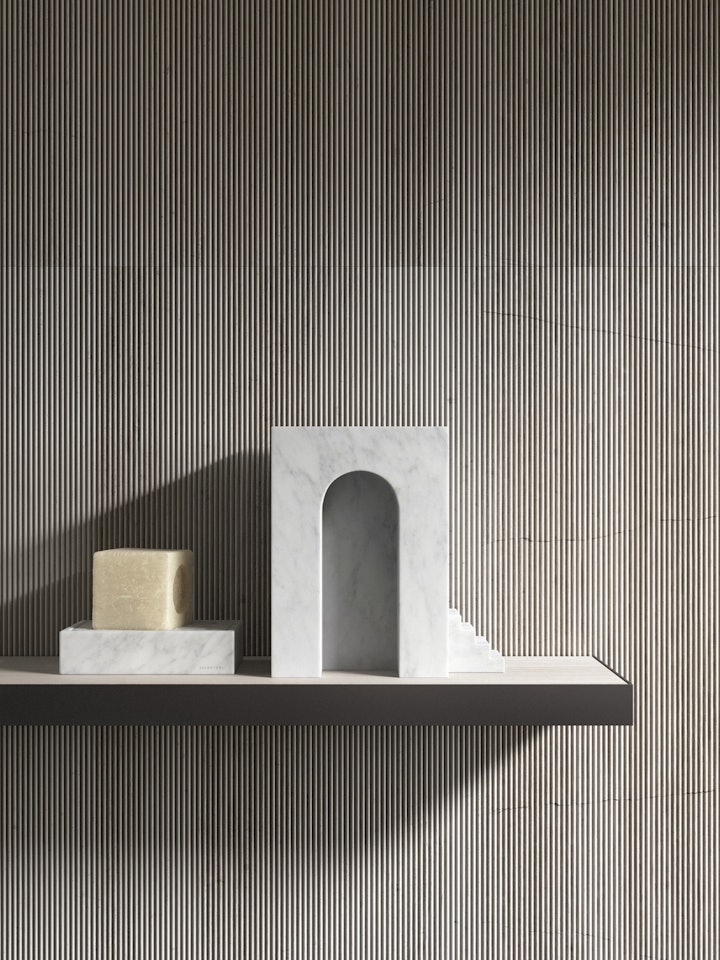
What do you think the prospects are for brands like yours in a post-pandemic world?
For those that can adapt rapidly to change, I believe there’s enormous potential. We took courage and didn’t stop innovating. We used the 2020 break to focus on the opening of the Salvatori Design Center, which will foster the research and development that has been going on within Salvatori for many years. In addition, we’ll soon be opening a large new showroom in New York. Personally, I’m happy to be back after so many months of absence.
